Jordan: A Safe Haven in the Middle East
Jordan, or Yordania, is a Middle Eastern country bordered by Saudi Arabia, Syria, Iraq, Israel, and Palestine. Despite its proximity to conflict zones, Jordan is the safest country in the Middle East. Crime rates are incredibly low, and it’s so secure that Jordan often hosts peace negotiations between neighboring countries and serves as a refuge for displaced people. Though the majority of Jordanians are Muslim, the country is neutral and liberal. Along with Egypt, Jordan is one of only two Arab countries that have signed a peace treaty with Israel.
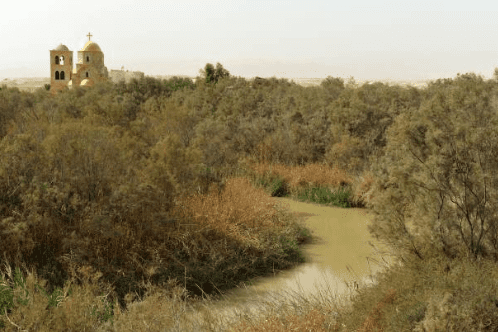
Jordan’s tourism has surged since Petra was named one of the “7 New Wonders of the World.” However, Petra is just one of many fascinating destinations to explore in Jordan, including:
Religious Tourism
For Christians, Jordan holds several significant biblical sites. “Bethany Beyond the Jordan,” the original site where Jesus was baptized in the Jordan River, was recently designated a UNESCO World Heritage Site in 2014—so it’s not on the Israeli side that has been more popular. Other key sites include Mount Nebo, where Moses saw the Promised Land and passed away; Amman (referred to as Ammon in the Bible, where David sent Uriah to battle); Umm Qays (where Jesus healed two demon-possessed men in Gadara); Madaba (frequently mentioned in the Old Testament as the site of David’s battle with Moab); the Kings’ Highway (traveled by Abraham and Moses); and many more.
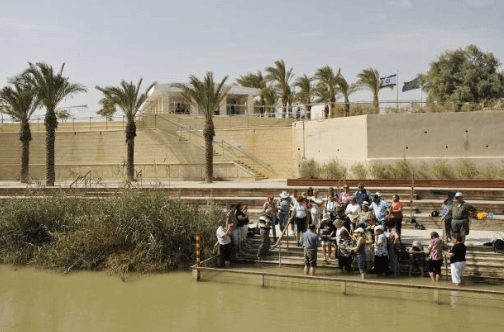
The King of the Hashemite Kingdom of Jordan is a direct descendant of the Prophet Muhammad. For Muslims, Jordan has several important sites, including Al-Raqim (the Cave of the Seven Sleepers), Bosra Al-Sham (where the Prophet Muhammad met the monk Bahira), and Safawi (where the Prophet Muhammad sought shelter under a tree during his journey to Syria). Many of the Prophet Muhammad’s companions are also buried here, including Abdul Rahman bin Awf Al-Zuhri in Amman, Abu Dharr Al Ghitari in Madaba, Zaid bin Harithah in Karak, Abu Ubeida Amer bin Al-Jarrah in the Jordan Valley, and others.
Archaeological Tourism
Amman Citadel – Inhabited since the Neolithic period (10,200 BC), the existing structures include the Temple of Hercules (2nd century), a Byzantine Church (4th century), and the Umayyad Palace (8th century). The Jordan Archaeological Museum, located here, houses various artifacts, including the world’s oldest human-faced pottery statues dating back to 8000-6000 BC.
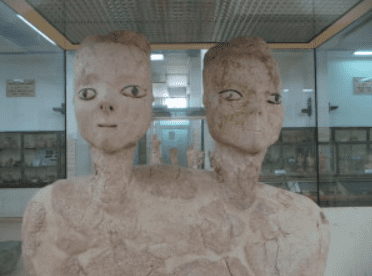
Jerash – Inhabited for 6,500 years, Jerash flourished under Roman rule in the 1st century (formerly known as Gerasa). Today, Jerash is one of the most well-preserved Roman cities in the world. Its stone-paved streets, columns, temples, baths, fountains, and theaters made of granite and marble are still intact, showcasing the advanced technology of that era. Even the 16-meter-tall columns at the Temple of Artemis were designed with earthquake-resistant technology!
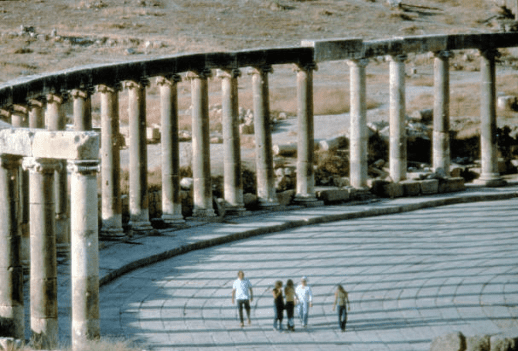
Nature Tourism
Ajloun Forest Reserve – Many assume Jordan is a barren and hot country, but it also has forests situated on hilltops. These forests are predominantly oak trees, interspersed with pine, pistachio, and strawberry trees. Hiking trails are available for those who enjoy trekking. The cool climate is a bonus, and you can stay in an eco-lodge. Not far from here is Ajloun Castle, a Muslim palace built in the 12th century.
If I had more time, I’d love to go diving in the Red Sea at Aqaba.
Wellness Tourism
Dead Sea – The high salt content of the Dead Sea ensures you’ll float effortlessly on its surface. Its oily waters are rich in minerals that are believed to be beneficial for the skin. I once visited the Dead Sea on a public beach in Israel, but this time I enjoyed a private swim since I stayed at the Crowne Plaza Hotel, where the beach is just a short walk from your room. Don’t forget to apply the black mud there—my acne cleared up immediately!
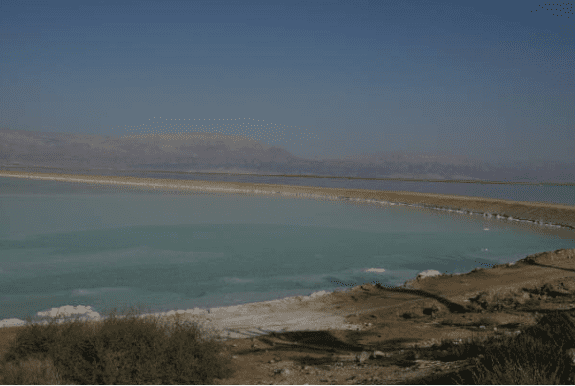
Ma’in Hot Springs – Not far from the Dead Sea is Ma’in, an oasis in the middle of the desert. It’s truly amazing how, amidst barren hills, you find lush greenery and waterfalls of hot, mineral-rich water. Again, because I stayed at the Evason Ma’in Resort, I could enjoy a private soak in the hot springs.
Film Tourism
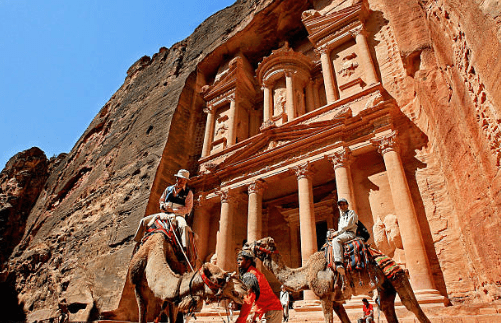
Wadi Rum – Inspired by Matt Damon’s film The Martian, I wanted to visit Wadi Rum. Unlike any other desert in the world, Wadi Rum features towering sandstone hills, creating a landscape that’s anything but flat. Its reddish hue indeed resembles the surface of Mars. Photos taken here are incredibly Instagrammable! You can explore by 4×4 vehicle or camel. Watching the sunset from one of the hilltops is breathtaking! To make the experience even more memorable, you can camp in the desert, like at Captain’s Desert Camp, and then gaze at millions of stars at night. The stars are most stunning in a dry, light-pollution-free desert.
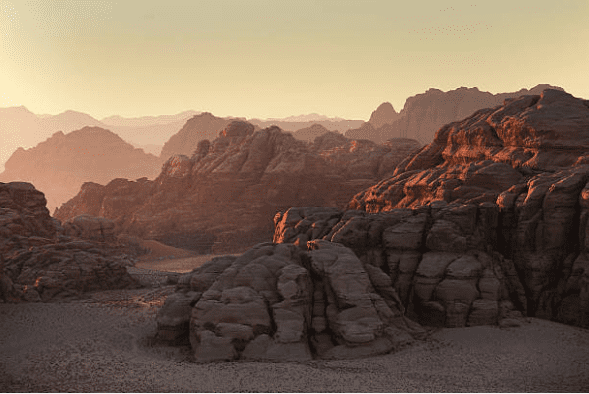
Tips
- For Indonesian passport holders, Jordan offers a Visa on Arrival for 40 JOD (single entry, valid for one month) at the airport.
- Royal Jordanian Airlines recently launched a direct Jakarta-Amman-Jakarta route, so no more long layovers.
- If you love shopping for souvenirs, wait until you get to Petra. Next to the Movenpick Hotel, which is directly opposite Petra’s entrance, there’s a row of the cheapest souvenir shops in Jordan. For example, magnets cost just 1 JOD, and you can bargain if you buy in bulk.
